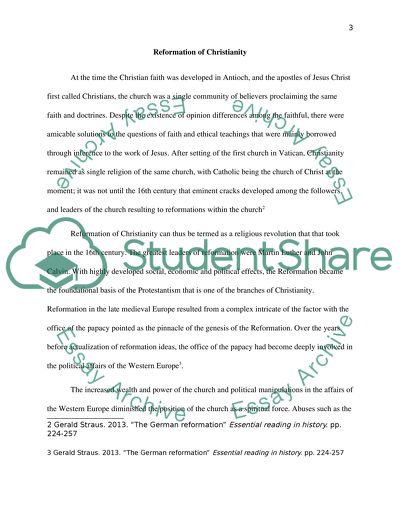Cite this document
(“The Reformation of Christianity in Late Medieval and Early Modern Essay”, n.d.)
Retrieved from https://studentshare.org/history/1691316-the-european-reformation
Retrieved from https://studentshare.org/history/1691316-the-european-reformation
(The Reformation of Christianity in Late Medieval and Early Modern Essay)
https://studentshare.org/history/1691316-the-european-reformation.
https://studentshare.org/history/1691316-the-european-reformation.
“The Reformation of Christianity in Late Medieval and Early Modern Essay”, n.d. https://studentshare.org/history/1691316-the-european-reformation.


